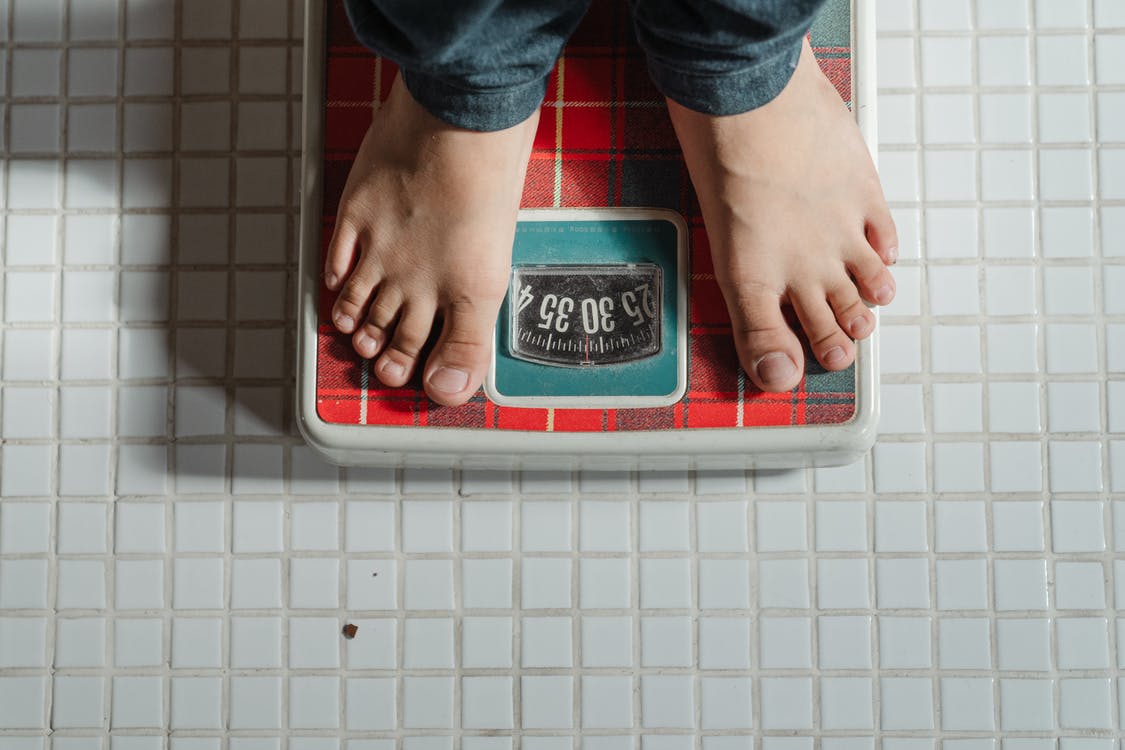The concept of getting surgery has become so common that people do not hesitate in getting surgery for any part of their body. Orthopedic surgery is one of the many types of surgeries that people can get.
The concept of orthopedic surgery has been around since the year 1780 and ever since then. It has been one of the most useful methods to keep your bones and joints in shape even after major accidents or health conditions.
Statistics on Orthopedic Surgery
Here are a few things that you need to know about orthopedics:
- According to a recent survey, almost 30,000 orthopedic specialists are professionals practicing in the US.
- 25 million orthopedic surgeries are being performed around the world.
- With increasing health problems, the demand for orthopedic professionals is gradually increasing.
- Knee and hip replacement surgeries are the most common surgeries performed by orthopedic doctors in America. The figure is expected to grow by 673% from 500,000 to 3.5 million in the coming years.
Why Do People Need Orthopedic Surgeries?
Here are a few types of injuries that orthopedic doctors can treat:
- Broken bones
- Compression and stress fractures
- Muscle injuries
- Tendon tears
- Tendon ruptures
- Bone dislocation
- Sprains
- Rotator cuff injury
- Spine deformity
Common Orthopedic Surgeries
Some of the most commonly performed orthopedic surgeries are:
- Knee replacement and arthroscopy
- Meniscectomy
- Shoulder arthroscopy
- Shoulder decompression
- Support implant removal
- Ligament reconstruction
- Hip replacement
- Joint replacement
How To Remain Fit After An Orthopedic Surgery?
Orthopedic surgery is quite a complicated process and based on that a patient is recommended to rest for a couple of weeks (even months in more complicated procedures) after the surgery. Therefore, gaining weight and becoming inactive is quite a natural thing to happen.
If you have an upcoming orthopedic surgery, you need to keep a few things in mind to maintain your current health status. The two major things to consider are:
- Maintain a nutritional and healthy diet
- Exercise when you become significantly mobile
Let’s talk about these things in detail:
Maintain a Nutritional and Healthy Diet
It is important to focus on maintaining weight rather than going on a calorie deficit to shed some pounds. In order to maintain your weight after surgery and to heal better, your body should focus on consuming protein in a higher quantity.
Here is a basic guideline on how to easily maintain your weight and speed up the healing process:
Take Small and Frequent Meals
Since you are taking lots of medication after surgery, they are more likely to cause you digestion problems and even a change in appetite. Consider the following:
- Consider having small meals throughout the day instead of three large meals.
- Consume your breakfast an hour after waking up, and then take a mid-morning snack followed by lunch, evening snack, and then dinner.
Consume Calorie-Friendly Foods
Maintain the total number of calories throughout the day with the following tips:
- Focus on healthy snacks like a nut mix or popcorn instead of lounging on oily options like crisps and fries.
- Add things like soups in your diet and whole wheat sandwiches with grilled chicken and turkey for lunch.
- If you struggle with weight, add things like fish, chicken, eggs, and even beans to your diet instead of red meat like beef and mutton.
- Avoid any heavy sauces and gravies that are dense in calories.
Consume Raw Vegetables
People who eat more vegetables not only remain fuller for a long period of time but they also consume fewer calories as compared to people who eat more cooked meals.
- Vegetables are high in water content as well as fiber content.
- They will provide you with essential vitamins and minerals to improve the healing process.
- Consider eating vegetables like spinach, broccoli, cauliflowers, mushrooms, and kale.
Keep Yourself Hydrated Throughout the Day
After the operation, the soft tissues and muscles need to be repaired. For this, you need to drink a lot of water and stay hydrated throughout the day.
- Drink water in intervals so you don’t have to rush to the toilet with injuries and stitches.
- Add other fluids like green tea and milk in moderate amounts to keep calm.
- Water will help you digest food and remove unhealthy toxins from your body.
Exercise When You Become Significantly Mobile
Doctors recommend that you need to stay away from exercise for at least 4 weeks of the surgery. Exercising is an important part of recovery and after a few weeks; you can start with very moderate and low-impact exercises.
Some common exercises that are suitable after the operation and can be easily performed at the comfort of home are:
Quadriceps Sets
- Tighten the muscles in the thighs.
- Straighten the knees.
- Hold the position for 10 seconds at least.
- Repeat the entire process 10 times.
- Unless you feel significant discomfort, you can perform the exercise.
Leg Raises
- Lie down straight on your bed.
- Place hands below the spine for balance.
- Lift your legs and knees
- Perform the exercise for 10 to 15 repetitions.
Ankle Pump
- Move your foot up and down while contracting the muscles in your calves and shins.
- Repeat the exercise for at least 3 minutes.
- Continue it once you relax a bit.
Sitting Unsupported Knee Bands
- Sit on a chair or your bedside by supporting the thighs.
- Bend the knees until the feet reach the floor.
- Move your upper body forward until the bend in the knees increases.
- Hold the body in that position for at least 10 seconds and then straighten the knees.
- Repeat for 20 times or until you can easily perform more.
Conclusion
Orthopedic surgery is becoming quite common in America. With the increase in diseases, it is common for people to go through a major operation. Whether its genetic health issues or medical problems caused due to accidents, and injuries, your orthopedic specialist can help you get much better.
Gaining weight after surgery is quite common but with proper health, nutrition, and exercise, you can maintain your weight and become more active even with the injuries after an operation.




